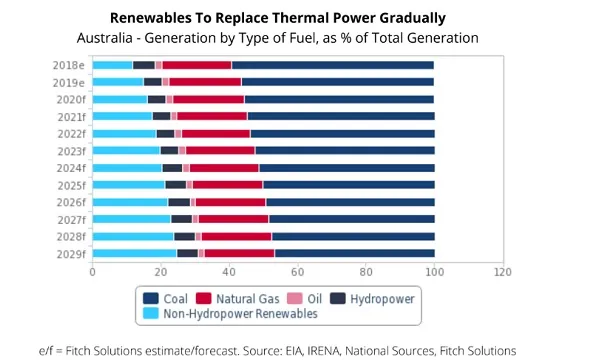
Australia's thermal capacity to contract 2.9GW in 10 years
Its biggest coal-fired plant saw cuts in daytime output by more than 70%.
Australia’s thermal power capacity is expected to contract by nearly 2.9GW over the coming decade due to the closure of its oldest and least efficient plants, underpinned largely by the influx of cheaper, renewable sources that have created structural risks to the thermal power sector, according to a report by Fitch Solutions.
Such plants include the Torrens Island A power station, Liddell Station, and Callide B Station, all of which are scheduled for retirement over the coming decade.
With numerous coal-fired plants reaching retirement age after 2030, early closures are also possible if they are unable to remain cost-competitive. Several thermal projects in the pipeline were also considered unlikely to come to fruition.
Meanwhile, data from Australia’s Department of Energy revealed that non-hydro renewables capacity and generation surged by an estimated 33.9% and 27.6% respectively in 2019, outperforming expectations and eroding the share of coal generation in the power mix.
Also read: Australia needs 30GW of renewables to handle coal fleet retirement: AEMO
“The integration of renewable energy into the grid has lowered wholesale electricity prices significantly in recent quarters, making it increasingly difficult for baseload coal-fired power plants to compete,” the report stated.
This has been further exacerbated by the pandemic, which led to a fall in both power demand and overall electricity prices. For example, Australia’s 2.8GW Eraring Plant has reportedly cut daytime output by more than 70% in recent months as prices depressed by renewable energy made it economically unfeasible to generate power from coal.
This trend is expected to continue in the coming years, as state support for the sector has boosted large-scale renewable projects backlogged by several grid connection delays and the pandemic. Renewables integration will also be supported by falling equipment costs, improving energy storage technologies, and enhanced grid management technologies.
Rising environmental opposition further supports a bearish outlook on thermal power. The bushfires, flash floods, and subsequently the pandemic in H1 2020 have substantially increased environmental awareness and climate change issues in Australia, incentivising many consumers to seek greener electricity options.

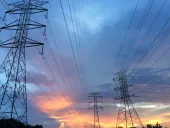
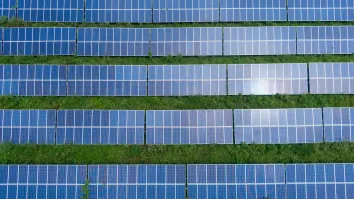
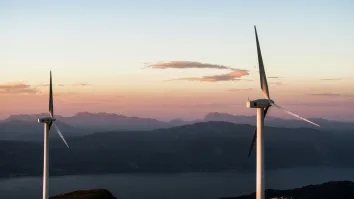
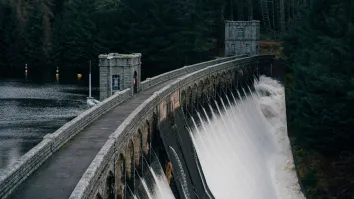
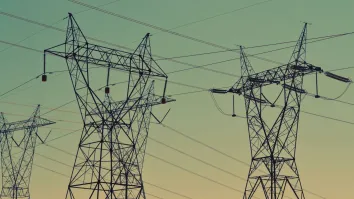




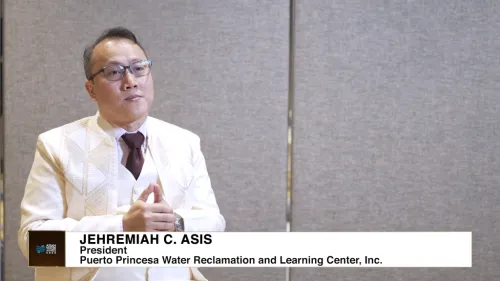








 Advertise
Advertise






